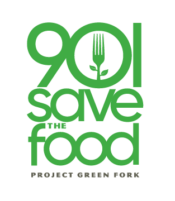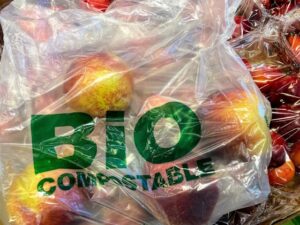Food waste is a pervasive issue with far-reaching consequences that extend beyond environmental degradation. In 2022, 38% of the United States’ 235 million tons of surplus food was unsold or uneaten. The social implications of this are profound, particularly when juxtaposed against the backdrop of widespread food insecurity.
For instance, in Shelby County, Tennessee, about one in seven residents face uncertainty about where their next meal will come from. This disparity underscores a need to confront excess food as a pressing social concern.
The inequities of food waste
At the center of food waste lies a glaring contradiction – while millions of pounds of food are thrown out daily, a significant portion of the population does not have enough food to lead a healthy, active lifestyle. Food insecurity affects a variety of individuals and families, but it disproportionately impacts marginalized communities, including low-income households, minorities, and those living in urban food deserts. The leftovers that could otherwise nourish these communities highlights a notable inequity.
The resources invested in producing, transporting, and preparing this food are also squandered, which could be used towards supporting food-insecure populations. The moral and ethical dimensions of this issue cannot be overlooked – every piece of food discarded represents a missed opportunity to better feed our communities.
The role of food donation and upcycling
One of the most effective ways to mitigate the social impact of food waste is through the donation and upcycling of leftover food. Redirecting surplus food that is still safe for consumption to organizations can help serve those in need. In the Mid-South, there are several organizations that businesses, restaurants, and individuals can partner with to provide surplus food, such as food banks, shelters, and soup kitchens.
Upcycling, on the other hand, involves creatively repurposing food. For example, restaurants and individuals can transform surplus ingredients into new products, like sauces, soups, or preserves. These products can be consumed or donated, providing nutritious options for local residents.
Economic benefits of reducing food waste
Mitigating excess food has clear social benefits, but it also offers significant economic advantages. A study found that for every $1 invested in reducing food waste, restaurants saved an average of $7 in operating costs over three years. This 600% return on investment demonstrates that addressing the issue can be financially beneficial while also promoting social welfare.
For businesses, lessening food waste can enhance their reputation and strengthen community ties. Consumers are increasingly seeking out companies that demonstrate social and environmental responsibility. By actively engaging in food donation and upcycling initiatives, brands can build loyalty and attract a socially and environmentally conscious customer base.
Community involvement and policy support
Confronting excess food requires collective action. Community involvement is crucial in creating and redirecting surplus food to those in need. Local governments and policymakers also play a vital role in facilitating food donation and removing barriers that may prevent organizations from participating in such initiatives.
The social impact of food waste is a multifaceted challenge that requires a concerted effort from all. By prioritizing food donation and upcycling, we can take steps toward creating a more sustainable, equitable food system. Each meal saved is a step toward alleviating food insecurity and promoting social justice. Together, we can create a brighter, greener future.




